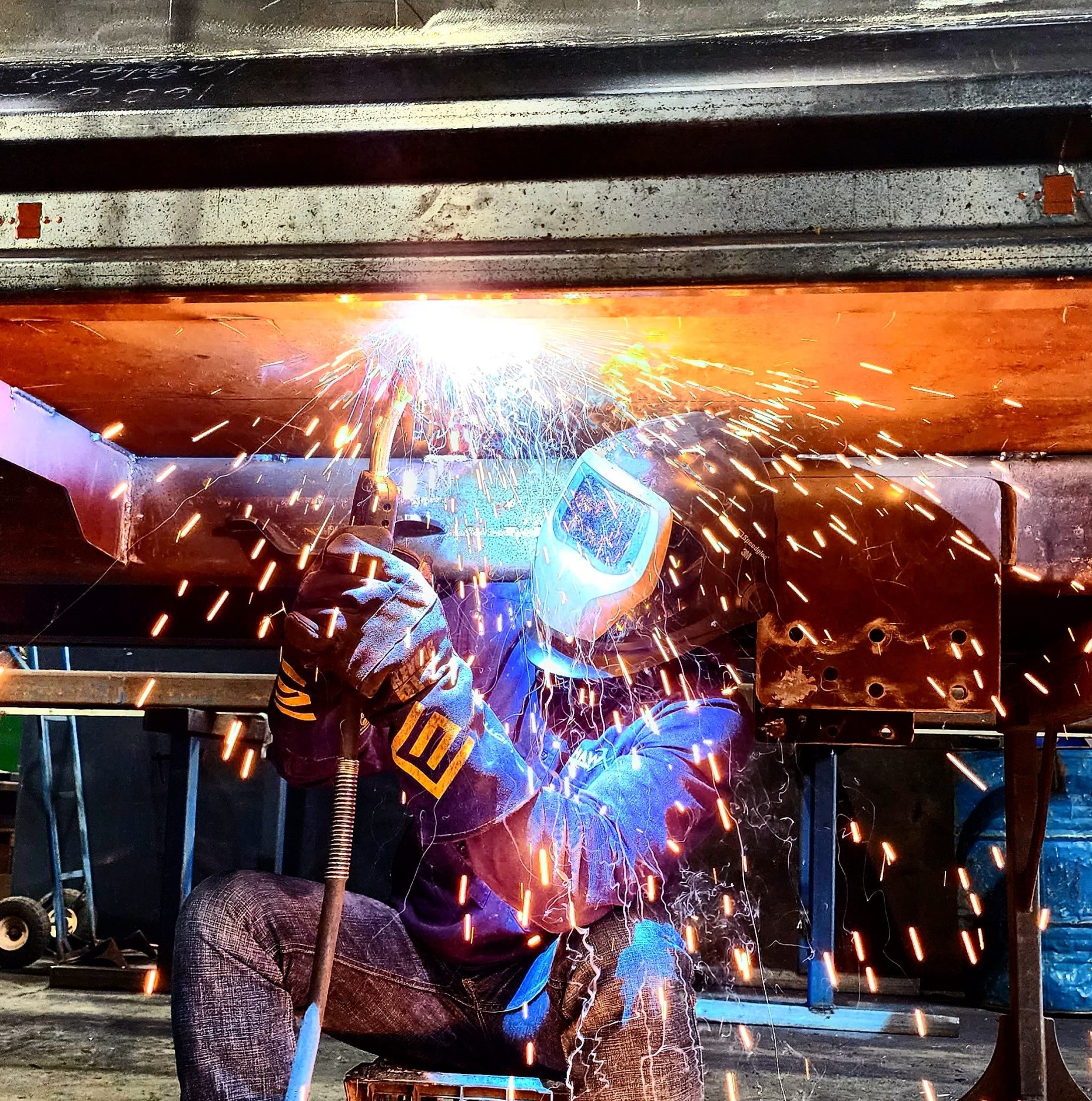Rising Safety Concerns for the truck tipper body
We all know the truck tipper body, commonly known as a tipper truck, tip truck or dump truck, is a specialised vehicle designed for transporting and unloading loose materials, such as sand, gravel, dirt, or demolition waste. The main feature of a tipper body is its hydraulic system that allows the tipper body, to be raised and tilted, allowing the contents to be unloaded at the desired location. Although, tipper bodies did not originally start this way.
The Evolution of Tipper Bodies
In the late 1800s it is believed to be when Thornycroft, a British vehicle manufacturer, first conceptualised the truck tipper body. The idea then led to creating a cart that dumped its own contents. Soon after, the manufacturer began selling carts that removed themselves from the hitch and “tipped” back enough to dispel themselves.
Once the invention of motorised vehicles became popular, companies started to include a pulley that had to be operated by cranking a rope. When activated, it would then dump its load. Once technology had advanced enough, by the 1910s, American manufacturers started to automate the tipping. And so, the truck tipper body evolved.
Safety Risks of Traditional Tipper Bodies
These days, Tipper bodies are typically made of steel and are mounted on a hydraulic hoist mechanism. The hydraulic system is what enables the tipper body to be raised and tipped for unloading. Tipper bodies for sale now come with a range of options from sizes and configurations to suit different applications and industries. They vary in terms of payload capacity, bed length, axle configurations, cab design and tailgate variations. However, one significant aspect evolving with the tipper body has been the safety features. Currently, all tipper bodies for sale are equipped with various safety features to prevent accidents during loading, transport, and unloading operations.
These can include safety locks to prevent accidental tipping, warning lights or alarms to indicate when the bed is raised, and backup cameras or sensors to assist with manoeuvring.
Reasons for Phasing Out Tipper Bodies
Tipper bodies, while highly functional for their intended purpose, do pose safety risks and have therefore, started to be banned on some job sites across Australia.
Some reasons for this decision are below:
1. Risk of overturning: One of the most significant dangers associated with tipper bodies is the risk of overturning, especially when the body is fully raised. If the truck is on uneven ground or the load is not properly distributed, it can cause the vehicle to become unstable and tip over, potentially causing serious injuries or fatalities.
2. Falling Hazards: When the truck bed is raised for unloading, there is a risk of materials falling from the truck, especially if the load is not properly secured or if the tipping operation is not conducted on level ground.
3. Uncontrolled Material Delivery: With a tipper body you have no control as to how material expels from the body. Whether it slides out perfectly, is released over the sides, falls from the top first and where and how far it falls on the ground. Causing a huge safety concern for people around the body.
4. Crushing Hazards: The hydraulic system that raises and lowers the tipper body can exert a significant amount of force, posing a crushing hazard to anyone who becomes trapped between the moving parts or underneath the raised bed.
5. Hydraulic System Failures: Malfunctions or failures in the hydraulic system can result in unexpected movements of the tipper body, leading to accidents or injuries.
6. Lack of Operator training: Operating a truck tipper body requires specialised training and skills to safely manoeuvre the vehicle, operate the hydraulic controls, and manage the loading and unloading process. Inexperienced or untrained operators may inadvertently cause accidents due to errors in judgement or improper handling of the equipment.
7. Spotters Required: When unloading material from a tipper body a spotter is there directing the positioning of the truck and the unloading process. They are watching for drop-offs, uneven ground, overhead wires, piping, and other hazards when tipping or moving a load. They are responsible for relaying this information to the truck driver. Spotters must also be aware of their surroundings and ensure they don’t walk into the path of the moving vehicle, moving equipment or a swinging load. They need to also scan the ground to become aware of any trip or fall hazards for themselves, as well as guiding the tipper body and their load.
8. Overhead Hazards: Overhead hazards on job sites including; powerlines, branches or structures create safety issues when tipper bodies try to unload. In some instances, tipping is not an option and therefore, unable to be executed.
9. Uncontrolled material delivery: Have no say how it comes out of the body.
Advantages of EjectX Over Traditional Bodies
While tipper bodies are versatile vehicles that can handle a wide range of tasks and are commonly used in construction, mining, agriculture, waste management, demolition, earthmoving and other industries where the efficient transport and unloading of bulk materials is required, some job sites across Australia are starting to phase out the use of the conventional tipper body. Meaning, to work on certain job sites across the country, an alternative body must be used.
The EjectX body by ShawX Manufacturing is the alternative to the conventional tipper body, manufactured to eliminate the above safety concerns.
To learn more about the EjectX click here.

